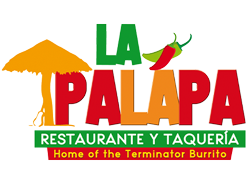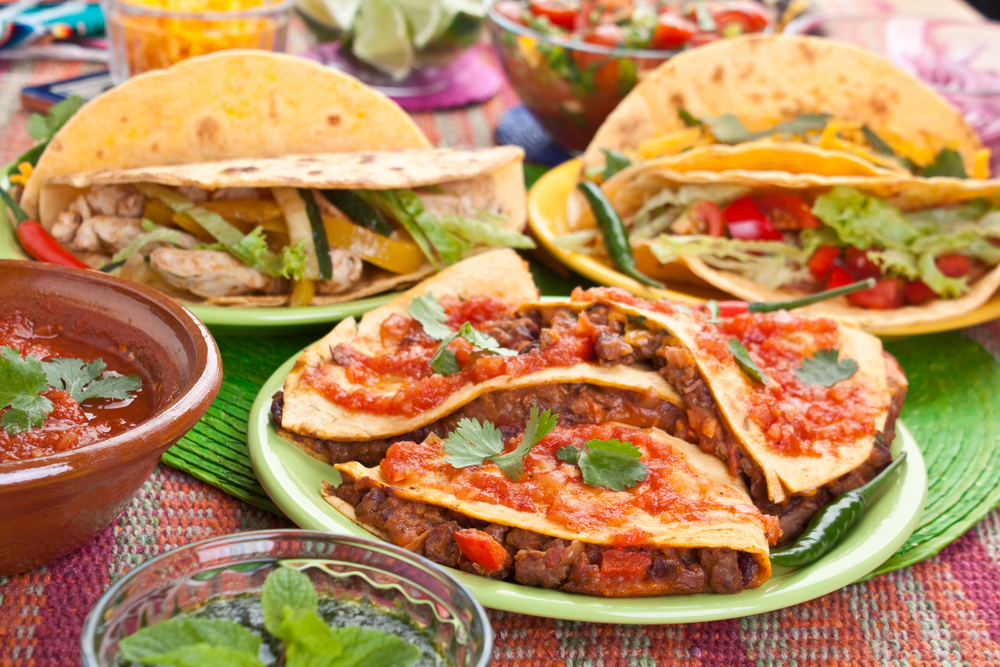While not the spiciest (as in “hottest”) food in the world—there are Asian and African cuisines that might vie for that title—Mexican food is famous for its spiciness. Mexico was, after all, the cradle of chile pepper domestication, and hundreds of fresh and dried varieties are cultivated and used in the country.
Capsaicinoids are the natural compounds present in peppers that produce the sensation of heat.
The pungency of a particular chile is rated in Scoville units. Bell peppers do not contain capsaicin, and so rate 0 on the Scoville scale. (They are also not commonly consumed in Mexico.) Habanero chiles, which contain lots of capsaicin, clock in at around 300,000 Scoville units and are one of the hottest peppers used in Mexican cuisine. Jalapeños (at about 5,000 Scovilles) and poblanos (at approximately 2,000) are a couple of the chiles most used by cooks in Mexico.
Chiles, however, are not just about heat; the flavor of the pepper is also of great importance. Many dishes call for very specific chiles because those are the ones which “go” with other particular ingredients to make the dish what it is. The bright, herby flavor of a fresh jalapeño is very different, after all, from the smokiness of a chipotle pepper, even though their Scoville scores are similar.
Enjoying spicy foods is a learned habit. No one is born seeking out piquant flavors, and even in Mexico chile is not generally offered to babies and very young children.
Little by little, however, spicy peppers are introduced into the children´s diet until they are able to eat the same food as the teenagers and adults. Even so, there will always be a few people native to Mexico who go their whole lives without really warming up to chile pepper heat.
But not all Mexican dishes are hot—not by a long shot!
Common everyday fare like grilled meats, milanesas (breaded beef, pork, or chicken cutlets), soups, rice, and beans are usually completely capsaicin-free, waiting to be garnished—or not—to the taste of each diner with hot homemade table sauces, bottled sauces, or other chile-based condiments.
Other authentic everyday and festive foods that fit into this usually-not-hot category are quesadillas, pasta in tomato sauce (served as a first course), fried fish, flautas or tacos dorados, salpicón (salad with shredded meat), albondigón(meatloaf), garlic shrimp, cochinita pibil, atole, buñuelos, frozen fruit pops, and Christmas Eve Salad.
Mexican cuisine was greatly influenced by French cooking during the 19th and early 20th centuries, and many of these so-called “Frenchified” dishes do not usually contain peppers at all. A few examples of these would be cream soups; cream sauces for meats and pasta; ham, tuna, or potato croquettes; and sweet and savory crepes, mousses, and breads.
There are, of course, plenty of foods that originated in Spain and which now are popular in versions all over Latin America, including Mexico, that do not contain peppers, such as churros, flan, and chicharrón (fried pork).
Picadillo and empanadas, which have a wide variety of fillings depending on the region in which they are made, often are chile-free.
Many other authentic Mexican dishes vary greatly in the amount of capsaicin present, depending on who is doing the cooking and for whom. Cactus salad, tamales, chicken or pork in a fruit-based sauce (such as orange juice or plums), esquites (corn off the cob), and ceviche are some examples. There are a few well-known tricks used by some cooks to diminish the spiciness of dishes in which the chiles are the main ingredient, and these are often used with stuffed poblano or jalapeño chiles and rajas (strips of poblano chiles, often in a cream sauce).
And then there are the extremes dishes, ones that are usually intended to be fiery hot, such as Camarones a la diabla (“Devil´s Shrimp”), chilorio, tortas ahogadas (a type of sandwich dipped in chile sauce, popular in Guadalajara), and chile habanero table sauce, which is typically served alongside the mild-mannered cochinita pibil.
Even so, however, dishes that contain quite a lot of piquant peppers can often be “toned down” somewhat for a particular diner with the addition of sweet or sour cream or by being eaten together with blander foods such as rice and beans.
The bottom line: Mexican cuisine can be enjoyed by everyone. Those who prefer mild fare will find much to relish both in the recipes on this website and in cookbooks, regardless of whether or not they intend to gradually become more accustomed to chile peppers. Folks who can stomach spicy dishes will naturally have a hay day with Mexican food, of course, while those who are hard-core hot pepper lovers can always add more capsaicin to their diet with the addition of chile-based sauces and condiments. There’s no good excuse not to have Mexican!


Recent Comments